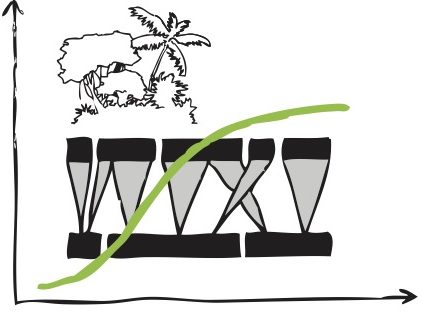Animal seed dispersers recover later than plants, but forest connectivity helps
Anna Landim and collaborators found that animal communities recover more slowly than plant communities, mainly because remnant trees help maintain plant functional diversity and attract animals early in the regeneration process. Their study estimated that animal functional diversity takes about 40 years to reach levels comparable to those of old-growth …

